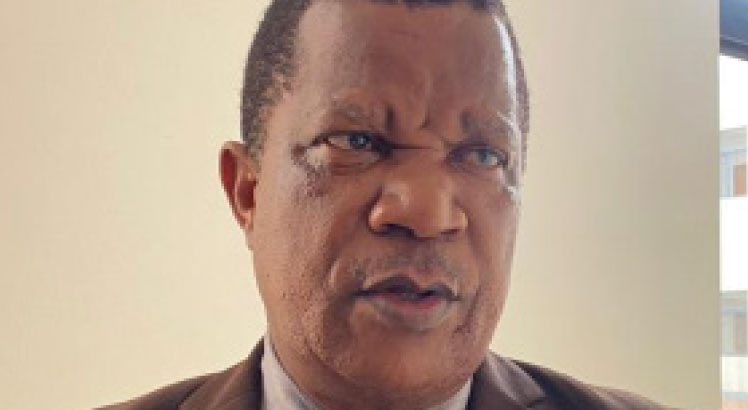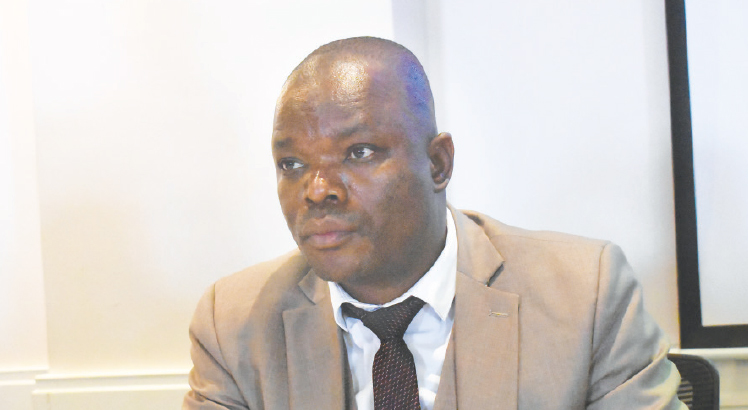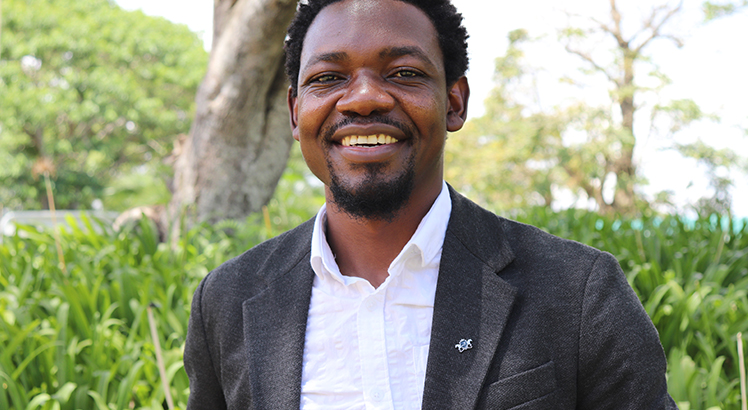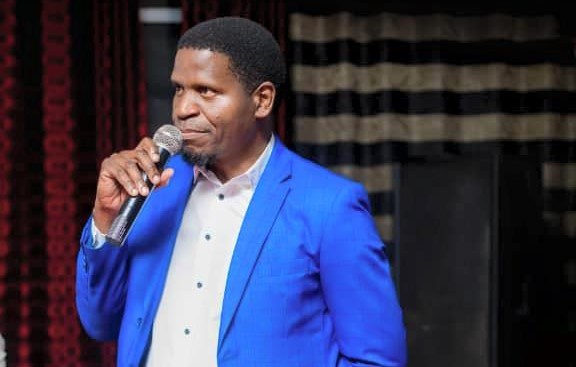‘Older persons are more vulnerable during disasters’
The Malawi Network of Older Persons Organisations (Manepo) in partnership with Malawi Red Cross Society (MRCS) is implementing a disaster risk reduction (DRR) and emergency preparedness/response project targeting older persons in Phalombe and Chikwawa districts. Our reporter EPHRAIM NYONDO caught up with ANDREW KAVALA, Manepo national coordinator to find out more about the project and why specifically focusing on older persons.
What is so unique about DRR project in Phalombe and Chikwawa?
As you are aware, the 2030 Agenda for Sustainable Development, which includes a set of 17 Sustainable Development Goals [SDGs] to end poverty and fight inequality and injustice, was adopted by world leaders in September 2015. Central to accomplish the SDGs is the call ‘to leave no one behind’ that demands a special focus on those social groups at the fringes of society, particularly older persons in our case. The current demographic shift where, globally, we are experiencing a population boom for those 60 years and above has significant consequences requiring various initiatives towards policy change processes to ensure older persons are not left behind.
Therefore, it is against this background, that Manepo in collaboration with MRCS with funding from Humanitarian Leadership Academy are piloting a DRR and emergency preparedness/response project to address the needs of older people, to prepare for and respond to the on-going drought and flooding in Malawi. This project is the first of its kind in the history of Malawi, where older persons become a central focus in a DRR and emergency project.
What are the objectives of this project?
The project is meant to build a working approach between Manepo and MRCS to improve DRR and emergency responses for older persons in two districts. Secondly it is to improve DRR and preparedness response for older people in these two districts to reduce vulnerability during drought and floods.
What evidence is there justifying that older persons are more vulnerable than others during disasters?
There is indeed a lot of overwhelming evidence indicating that older persons are more vulnerable than others during emergencies/disasters. From the global perspective, you will recall about the Japanese Tsunami in 2011. When this disaster happened, statistics indicate that 65 percent of people who died were those aged 65 and above and yet the 65 and above population only constituted 23 percent of the total population in Japan.
Again, you may also recall about the Hurricane Katrina in 2005, 75 percent of people who died were those aged 60 and above, and yet the older people were only 16 percent of the total population. Though there isn’t much disaggregated data in Malawi on ageing, but there is also evidence that older persons are more vulnerable to disasters/emergencies due to various vulnerabilities associated with old age.
What are those vulnerabilities which put older persons at risk during disasters?
The first of such vulnerabilities is poverty and isolation. Poverty analysis studies done in Malawi continue to show how widespread and deep-rooted poverty is among older persons in Malawi. This becomes even worse when we consider issues of isolation that come with ageing due to the prevailing disintegration of family structures. Other vulnerabilities being disability and mobility restrictions, burden of care giving, psychosocial challenges, health problems and nutrition deficiency. All these make older persons more vulnerable to disasters/emergencies than others.
What should older persons expect from this project?
We have just done a needs assessment in both districts and we are in the process of doing stakeholders mapping. We will engage officials from the Department of Disaster Management Affairs [Dodma] and other key DRR stakeholders in the two districts to ensure space is provided so that older men and women are part of the decision making DRR committees from right at the district level, going down to the community structures.
The needs assessment shows that the current structures are not inclusive on ageing. Decisions about what is good for older men and women during disasters are made without them being involved. This compromises the whole preparedness, response and recovery exercise. One of the outcomes in this project is to ensure ageing is properly mainstreamed at all levels of disaster management, be it design, implementation and evaluation. It is only through this inclusive approach that our programming is going to meet the specific needs of older men and women during disasters/emergencies.
Again, the project will also engage with community members to ensure all DRR facilities available at the community level are age friendly. An example would be the ‘early warning early action’ facility. Systems should be put in place to ensure older men and women living in isolation at the community level are also reached out on various weather updates to prepare them for impending disasters. We want the civil protection committee (CPC) members at the community level to be fully conscious/aware of where older persons are located within their communities and how to evacuate them during disasters, instead of leaving them behind as some of them have serious mobility challenges.
What has your organisation done for older persons affected by the floods in Salima, Lilongwe and other areas?
We visited Salima when the floods took place early this month just to appreciate the extent of the damage, especially to older persons. Not much disaggregation of data has been done by the relevant authorities at the district level, but we are already making efforts towards responding to the floods, targeting older men and women and orphans under their custody.n





